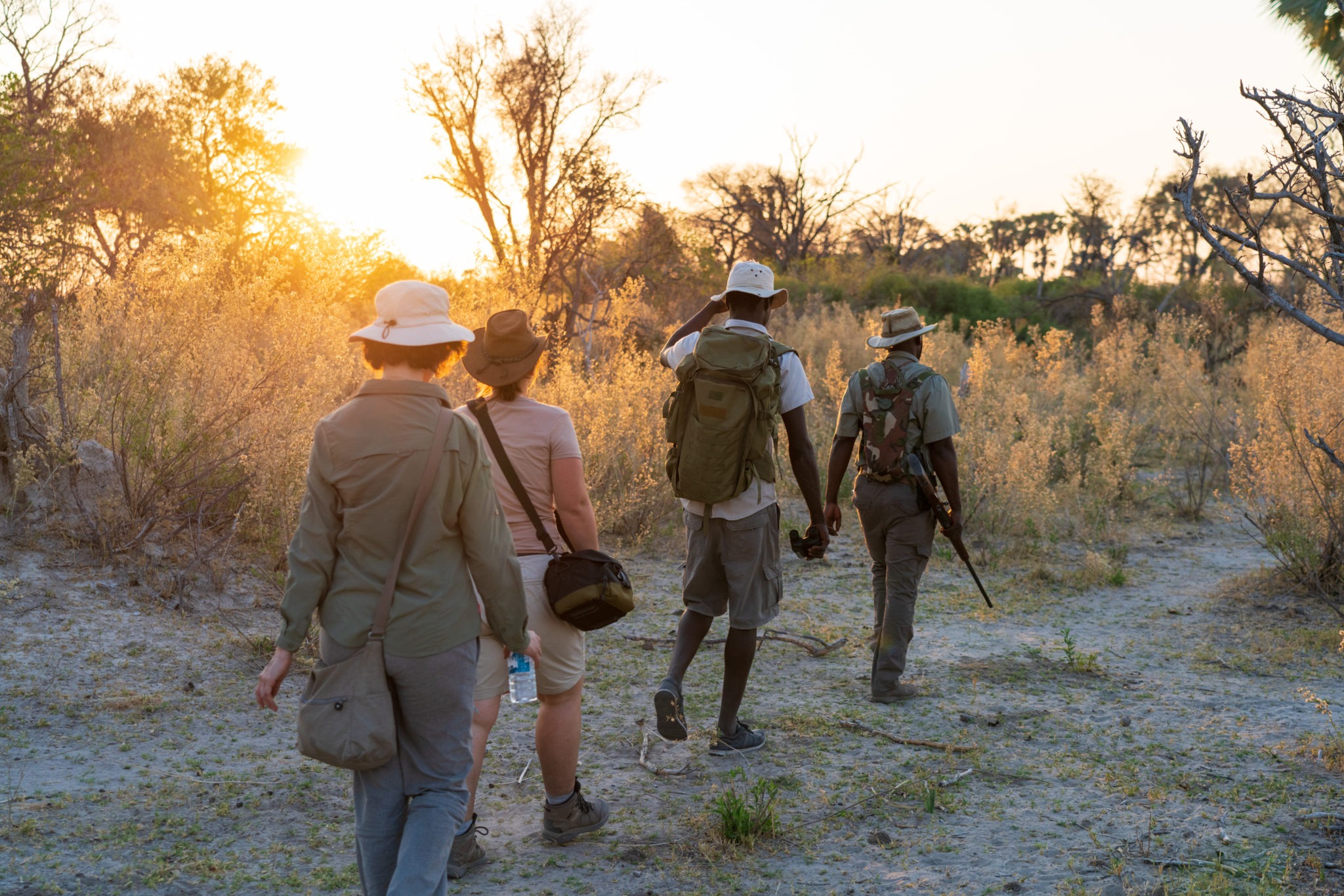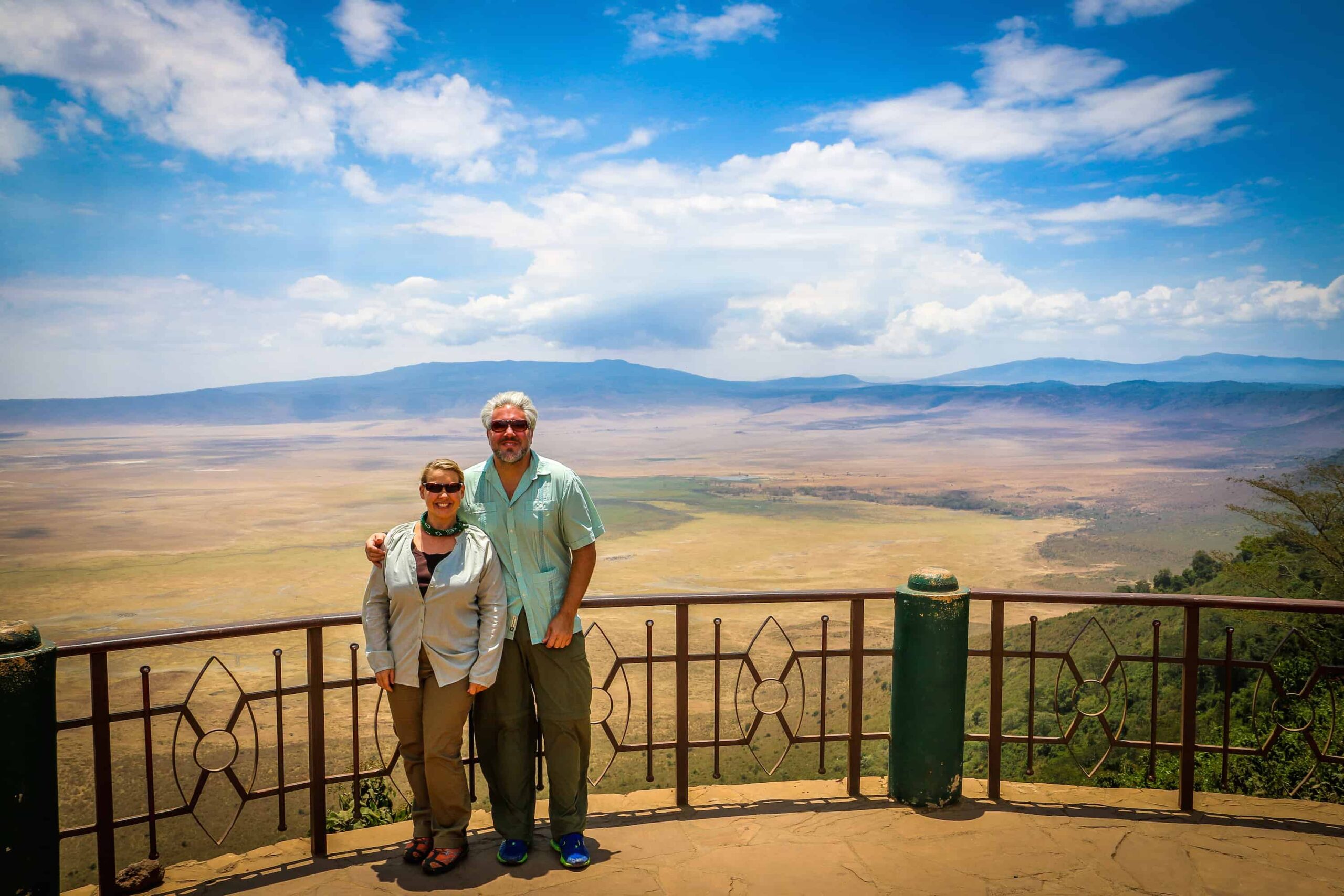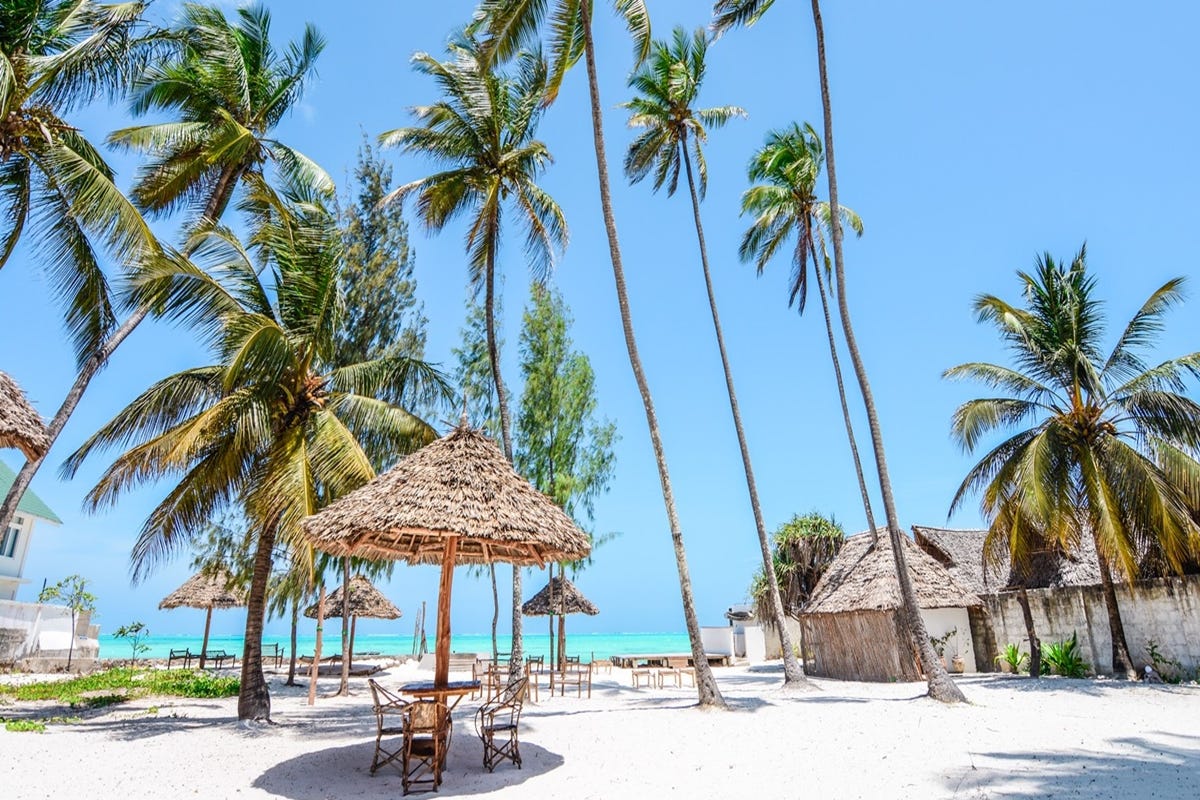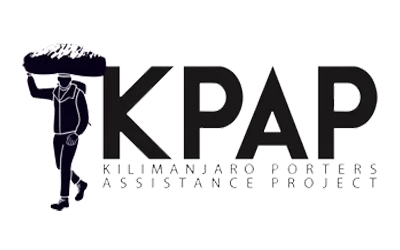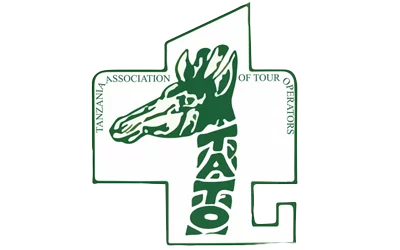Introduction
Climbing Kilimanjaro, Africa’s highest peak, is a dream for many adventure enthusiasts. However, before embarking on this incredible journey, it’s crucial to understand the time it takes to conquer this majestic mountain. In this guide, we’ll explore every aspect of the Kilimanjaro climb, including valuable insights, expert advice, and practical tips.
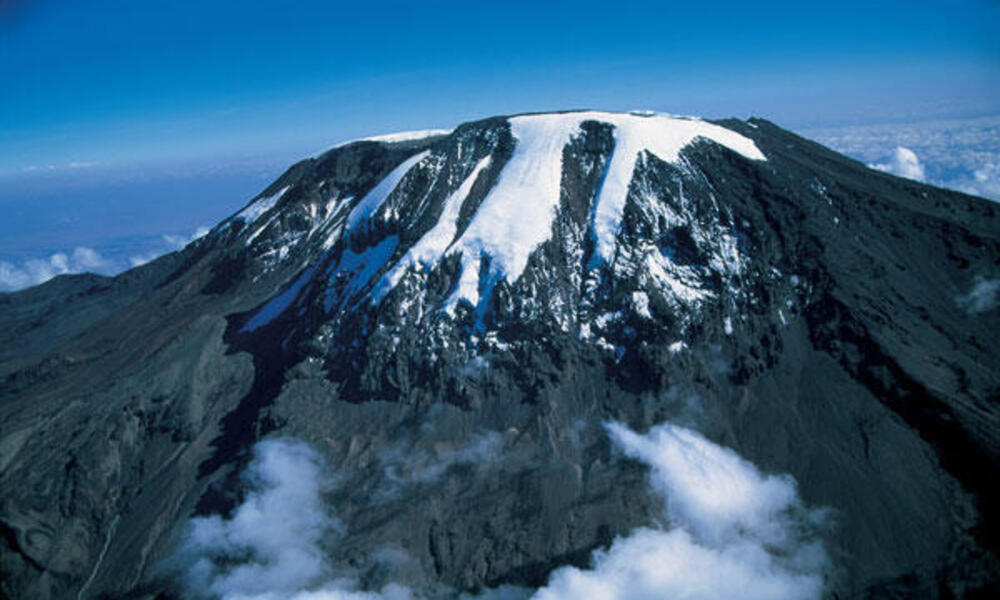
Preparing for the Climb
Choosing the Right Route Selecting the ideal route to ascend Kilimanjaro is the first step. Different routes offer various trekking durations, ranging from 5 to 9 days. The choice depends on your fitness level and how well you adapt to high altitudes. What Are the Mount Kilimanjaro Climbing Routes?
Physical Preparation Preparing your body for the climb is vital. Regular exercise, cardiovascular workouts, and strength training will help you build endurance and stamina. Don’t underestimate the physical demands of this adventure.
Acclimatization Kilimanjaro’s elevation can cause altitude sickness. Longer treks with more acclimatization days increase your chances of success and minimize health risks.
The Climbing Experience
Daily Trek Duration During the climb, expect to trek for 5-7 hours per day, covering various terrains, from lush rainforests to arid alpine deserts.
Summit Night Summiting Kilimanjaro involves a grueling night ascent to Uhuru Peak. This can take 6-7 hours. It’s a challenging but incredibly rewarding experience.
Time at the Summit Reaching Uhuru Peak, the highest point, is a euphoric moment. However, your time at the summit is limited, usually 10-20 minutes due to harsh weather conditions and altitude risks.
FAQs
How long does it take to climb Kilimanjaro on different routes?
- The duration varies based on your chosen route. Marangu is the shortest at 5-6 days, while Lemosho and Northern Circuit are the longest, taking 8-9 days for a safer ascent.
What is the best time of the year to climb Kilimanjaro?
- The best time is during the dry seasons, which are January-March and June-October. These months offer clear skies and favorable trekking conditions.
Can I climb Kilimanjaro without a guide?
- It’s not advisable. Local guides are essential for safety, as they know the terrain, weather patterns, and how to handle emergencies.
How do I prepare for the high altitude on Kilimanjaro?
- Proper acclimatization is crucial. Choose longer routes with more acclimatization days, hydrate well, and consider altitude sickness medication.
What’s the success rate of Kilimanjaro climbs?
The overall success rate is around 65-70%, but it increases with longer routes and proper acclimatization.
What should I pack for the climb?
Pack essentials like sturdy hiking boots, warm clothing, a good quality sleeping bag, and high SPF sunscreen. Read Kilimanjaro packing list.
Conclusion
Climbing Kilimanjaro is a challenging adventure but a life-changing one. The time it takes to reach the summit can vary based on your route and physical condition. Remember to prioritize your safety and well-being during the climb. With proper preparation and the right mindset, conquering Kilimanjaro is an achievable dream. Read our reviews on TripAdvisor.

